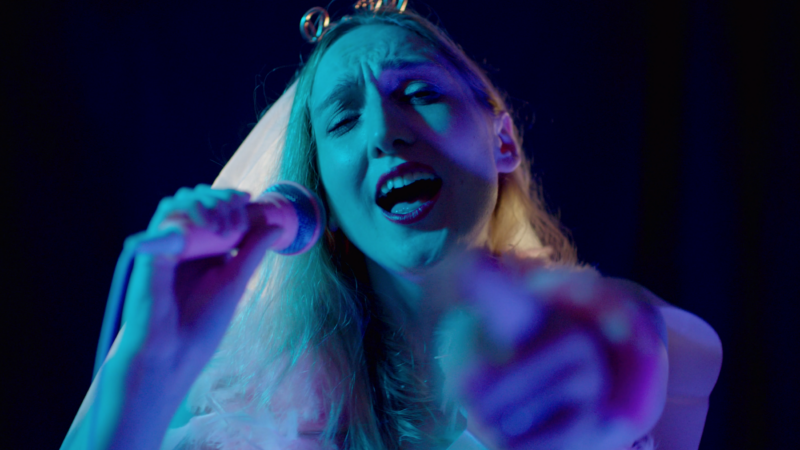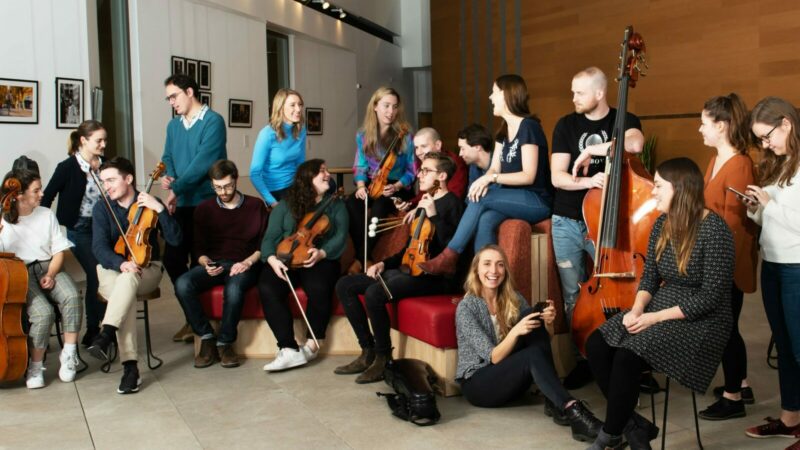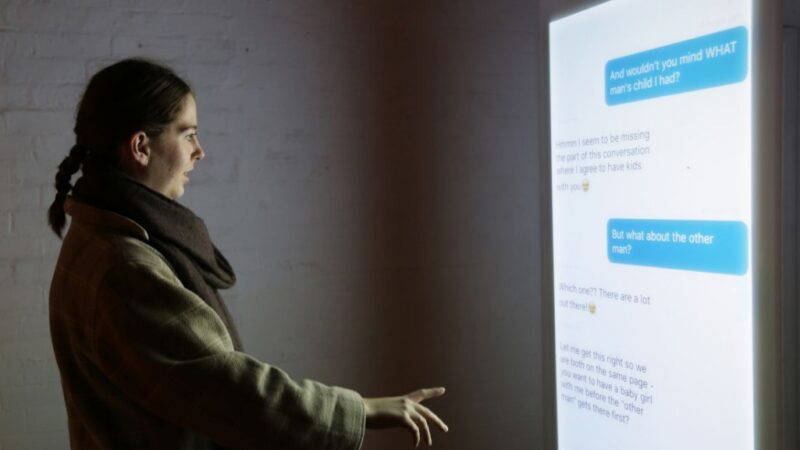Performance capture work – filming full length productions for an online audience – has experienced a huge boom since the Covid-19 pandemic hit. And it’s not going anywhere – especially as it brings greater accessibility to work, opening the door to audiences who cannot your venue because of geography, disability, caring responsibilities or a host of other reasons.
But performance capture projects can be time-consuming, expensive and take a lot of planning and preparation to do well.
Filming for an online audience
So, if your organisation is thinking about embarking on a capture project, here are some of questions to ask yourself before you commit any serious time or money to it.
Start with the questions
WHY? Why do you want to capture this piece of work for digital audiences? Perhaps it’s to share it with a bigger, or more global, or more diverse audience, or make a connection with a very specific audience; perhaps it’s to increase awareness of your ‘brand’ of work, perhaps you want to showcase new talent, or perhaps you want to start a conversation or debate online?
When you know the why, ask yourself WHO it’s for online? Who do you want it to be for? Maybe you want to appeal to some existing audiences and some new ones, but really think about who they are.
Because if you know who they are, you can think about WHAT will work for them and chime with your artistic intentions.
Is it a longform experience that your target audience will want and you want to create, or would something shortform, or audio-only, or interactive, or mobile-first work better for both your work and your audience?
For example, if you are specifically targeting rural communities, there may be bandwidth issues where your audience lives so think through what digital formats will work for them. Likewise, think through what technology your target audience may or may not have access to, and their confidence using different technology if you want to make something that’s interactive, or uses software that may be new to them.
WHERE are you going to put your work online? It’s crucial that distribution is planned up front and the best place to start in your distribution planning is your audience again. Think through where they are already online, what websites or social media platforms they use: that will help you work out how to connect with them – either with the content itself, or promo materials.
Knowing your platform up front may also dictate the content itself: different platforms will require you to clear different rights – and indeed ask for different rights from you as creators, which you and your team may or may not be willing to give. And different platforms have different technical specifications which again may shape the content itself.
WHEN will your work be viewed? Is there a moment – perhaps an event or anniversary – that you want to play into with this piece? Maybe one that will get it some press attention?
Think audiences first
When will your audience want to watch it? Think through your target audience’s habits as well as the hurdles they may have to jump to watch your work – for example, time shifting it from a live experience to a catch-up one so they can watch around children or caring responsibilities.
These answers may inform what you choose as your ‘premiere’ or launch moment but also how long you want it to be available for – which will again inform what rights you clear…
Rights
RIGHTS are the most common reason that we see projects run aground at The Space. So investigate your rights position at the very beginning of the capture process:
- Do you have the rights to film and distribute the work where you want to, not just stage it?
- Are your creative team and cast cleared for filming and digital distribution in their contracts or do these need to be renegotiated? Do you know what you are asking them for, have you explained it to them and thought about how to remunerate them for extra or different usage of their contribution?
- Can you afford to clear any third party underlying rights or are you prepared to change the production to work around these? This might include artwork in the set or props, recorded music, or a film clip. Music especially can be very complicated so start early!
- Do you know what rights you are giving to the digital platform you have chosen – are you comfortable with this and does it tally with what you have cleared others for?
Permissions
Getting all the permissions you need can be time consuming and expensive… but even more so if you get it wrong!
Answering all these questions is no mean feat but keeping the answers at the forefront of your mind will help you navigate through all the creative decisions you’ll need to take when you start to work out HOW to produce your live capture project.
Further reading
How useful was this resource?




